The Dogra Art Museum in Jammu is one of the most popular tourist spots in Jammu & Kashmir and is widely adored by art and history lovers. This museum is a rich storehouse that displays rare pictures with immense artistic value. It houses a huge collection of Dogra cultural arts and artefacts. The most interesting items displayed here are Akhnoor terracotta heads, Dogra jewellery, attires, arms, weapons, and metal objects. Shah Jahan’s gold-plated bow and Takri Stone plate inscriptions are among its most valuable collections. The marble jharokhas with complex decorations and architecture are also very attractive.
Location
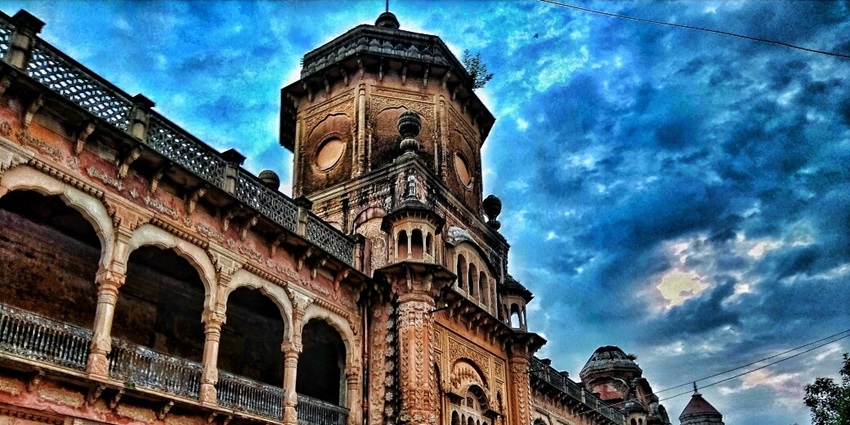
Photo: Haren 79 / Wikimedia Commons
The Dogra Art Museum is located in the Pink Hall at the Mubarak Mandi Complex in Jammu.
Suggested Read: Museums In Jammu And Kashmir
How To Reach Dogra Art Museum
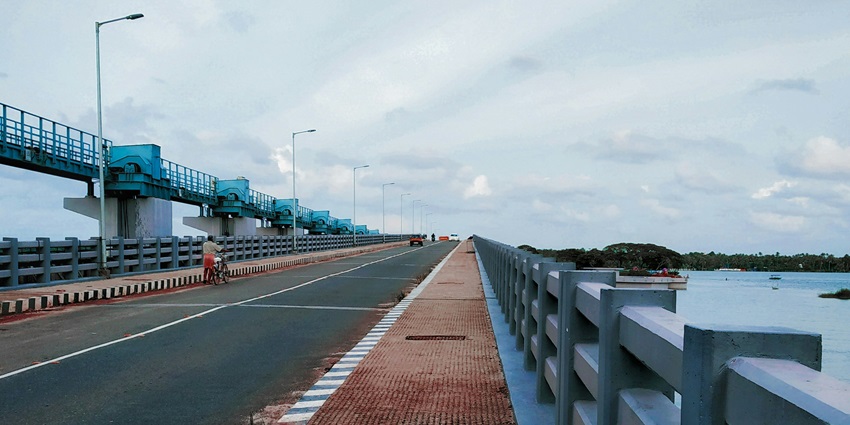
It is very convenient to reach the museum as it is centrally located in Jammu city. To reach Jammu, you can either take a train, a flight, or a bus. The museum is only 15 to 20 minutes away from the Jammu Tawi railway station and around 20 to 30 minutes away from Jammu Domestic Airport. Taxis are easily available from the railway station, bus stand, and airport.
Things To See At Dogra Art Museum
The museum houses a vast collection of antiquities and art objects. There are various corridors in the museum, each displaying a different artefact.
1. Paintings
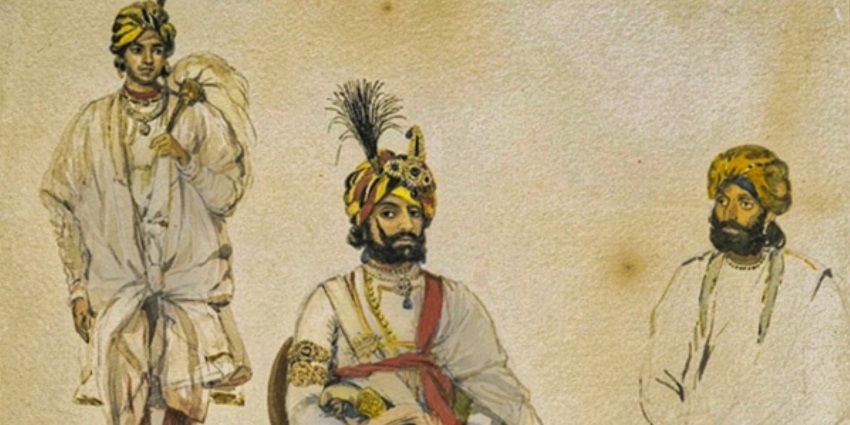
Photo: William Carpenter / Unsplash
The museum has a large collection of very famous 18th-century Pahari miniature paintings from the Basohli series. Also, there are paintings of Kangra, Poonch, Jammu, Guller, Kashmir, Kullu, and Rajasthani forms that depict scenes from the Ramayana, Mahabharata, and Ragmala. Portraits of Dogra rulers and Mughal rulers included in this section are very descriptive and say a lot about the bygone era, giving insights into the lives of these great rulers.
Suggested Read: Things To Do In Jammu For A Peaceful & Heavenly Retreat
2. Terracotta Heads
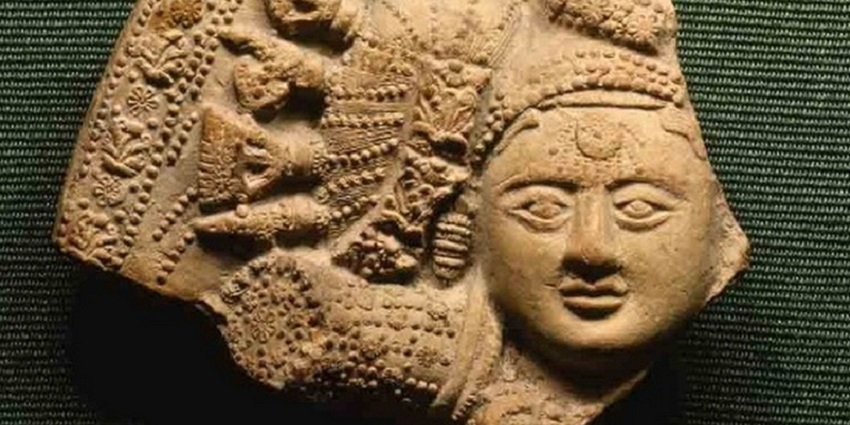
Photo: Vinay Sahay / Wikimedia Commons / Image For Representation Only
The museum abodes the 4th-century terracotta heads which were excavated from Ambaran Akhnoor, 30 km away from Jammu. These terracotta heads have a unique baroque style. A lot of attention seems to be given to the headdressing in these sculptures because the hair arrangement looks like a wig. This look of the head seems to be influenced by the Gupta terracotta tradition. It is a very antique and unique collection and takes us back several years.
3. Sculptures
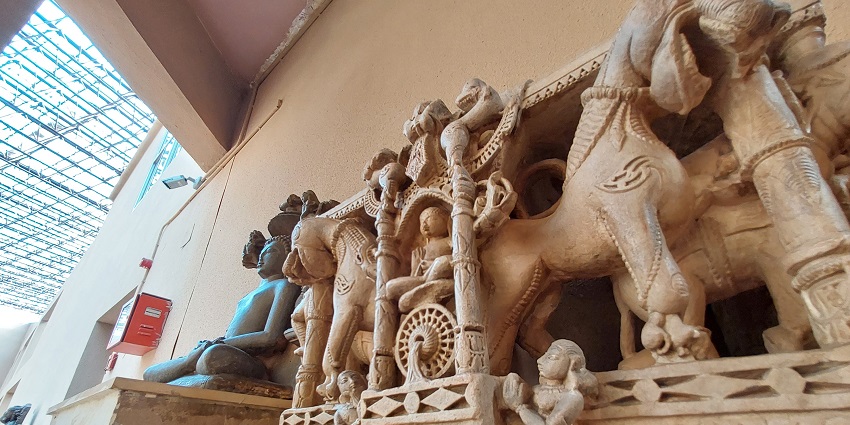
Photo: The Open Draft / Wikimedia Commons / Image For Representation Only
The museum displays the sculptures of the Trinity Gods representing the image of Brahma, Vishnu, and Mahesh. It also has a fragmented sculpture of Parvati and a three-headed Lord Shiva as well. These sculptures date back to the 9th century and were excavated from Akhnoor and Basohli in Jammu & Kashmir. These sculptures take us back to history and surprise visitors with how they still exist. It is a treat to witness these amazing sculptures at this museum.
Suggested Read: SPS Museum
4. Textiles
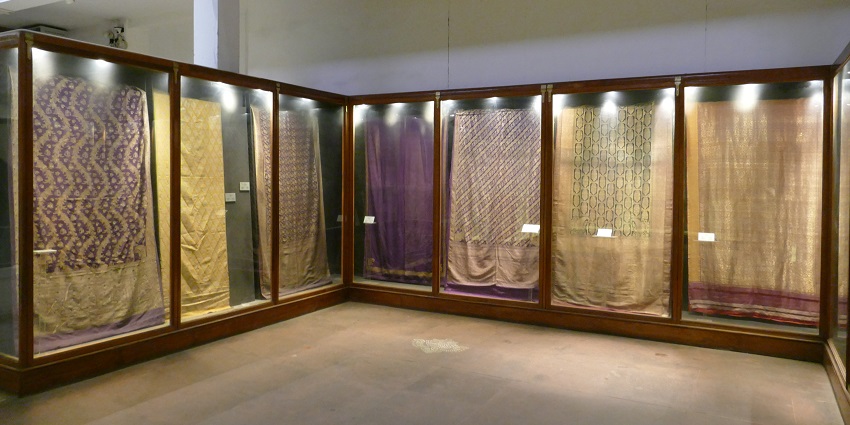
Photo: Kritzolina / Wikimedia Commons / Image For Representation Only
The museum showcases the textiles and attires worn by the Dogra royals such as tunic (chouga), turban (pagri), handkerchiefs, etc. made of silk and cotton. These outfits have complex design patterns and motifs that depict the magnificence of the Dogra rulers. These textiles are a perfect depiction of the royalty that the Dogra rulers had in old times and let the visitors have an insight into their lifestyle and possessions.
5. Stone Slab Inscriptions
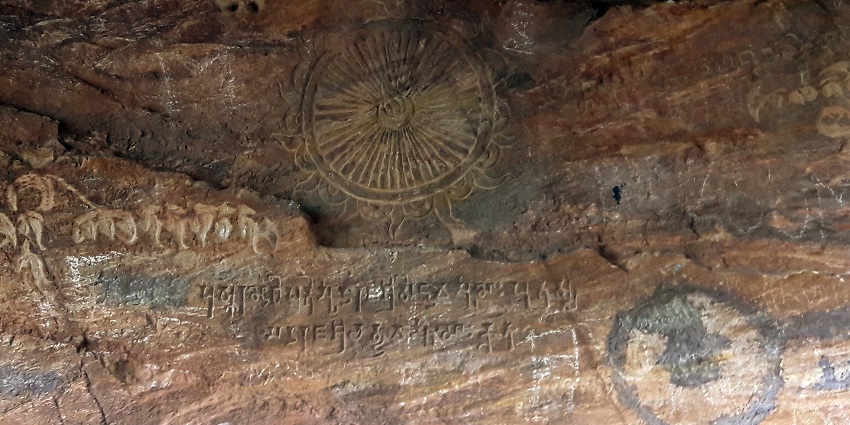
Photo: Sumande9126 / Wikimedia Commons / Image For Representation Only
The museum has three stone slab inscriptions. The first one is in Takri which dates back to 1882 and describes the Mahakali temple inside the Jandi fort. The second one dates back to the 17th century and was obtained from Uttarbehani. The third inscription is round and is inscribed in the Pali script. This inscription has not been deciphered to date. It feels surreal to witness these inscriptions that are dated back centuries.
Suggested Read: Offbeat Places In Kashmir
6. Army And Armoury
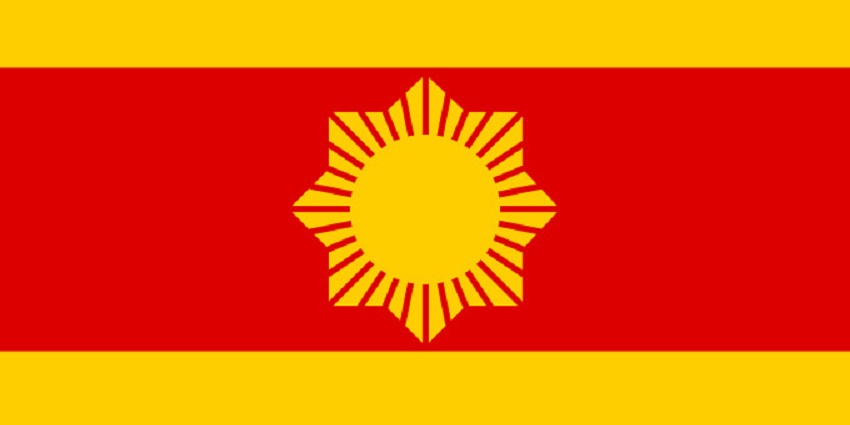
Photo: The Eternal Wanderer / Wikimedia Commons
The Dogra rulers were famous for their arms and took huge pride in possessing a vast collection of the same. They cherished their arms and maintained them well with immense care. The weapons displayed in this museum include daggers, shields, swords, khokries, rifles, pistols, guns, cannons, world-famous percussion-cap rifles, and windchest-gun. These ancient weapons were obtained by the Dogra Maharajs from the British rulers. It is very fascinating to see these arms and weapons in the museum.
7. Jewellery
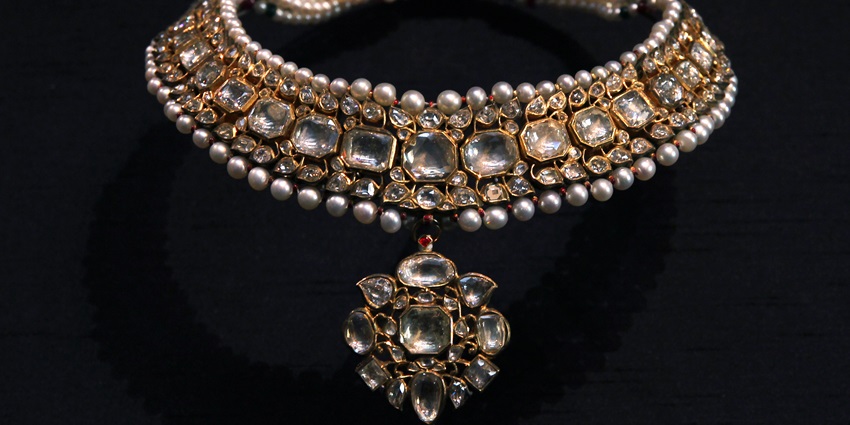
Photo: Vassil / Wikimedia Commons / Image For Representation Only
Dogri people adorned their jewellery and used to wear it very gracefully. A huge collection of their jewellery is showcased in the museum which includes haars (chunkey necklaces), kanthas, gokhru (heavy bracelets), jhumkas, balis (earrings), matha patti, phool, and loung (nose pin). The museum also displays heavier and rocky ornaments used by tribal women from Gaddi, Bakkarwal, and Gujjar tribes. The jewellery is beautiful and shows how well-off these Dogri Maharajs were in those times.
Suggested Read: Shopping In Jammu
8. Manuscripts And Musical Instruments
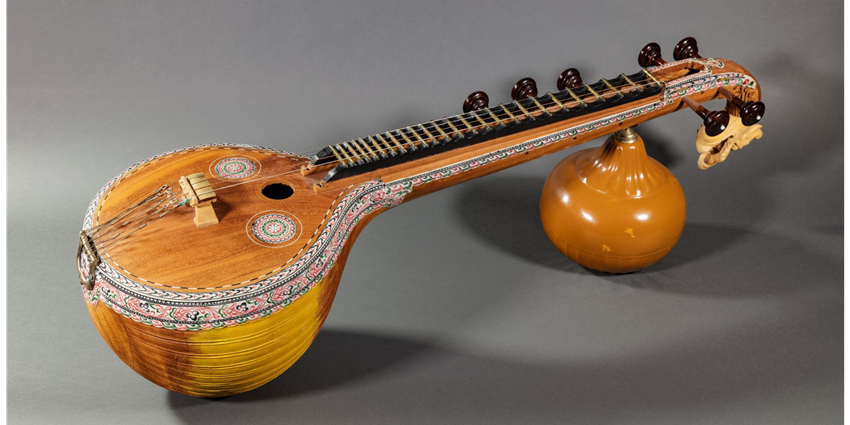
Photo: Katharina Common / Wikimedia Commons / Image For Representation Only
The museum shows manuscripts like Skanda Puran written in Devnagari in the 16th century on the tar leaves, rare manuscripts of Shahnama and Sikandernama written in Persian, and the volume of Lalvakh written in Sharada on birch bark. The museum also has the manuscript of the Mahabharata that weighs around 22 kg. Apart from this, the museum also has many musical instruments on display, such as dholaks, flute, narsinghas, sitars, and nagaras which the Dogras used to play.
9. Metalware And Coins
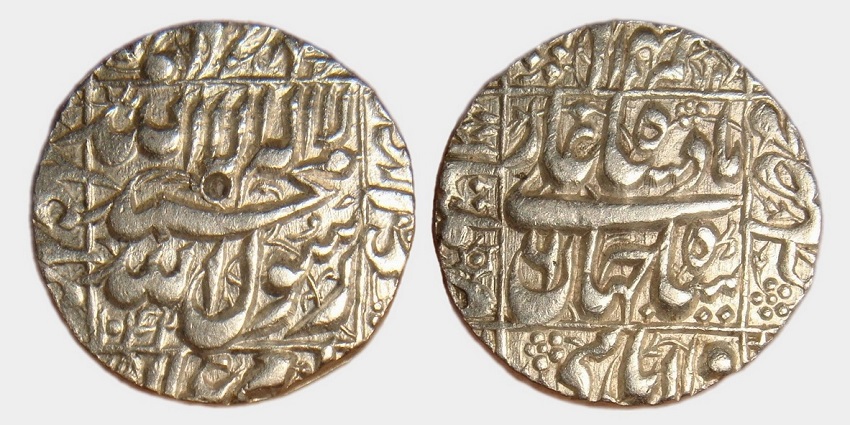
Photo: Mohammed Tariq / Wikimedia Commons / Image For Representation Only
The metalware used by the Dogras includes a big matka, hukkas, hamam, tumblers, carved trays, etc. These artefacts were collected from different places. A vast repository of coin collection that dates back to the Mughal era, the Kushan era, the Sikh era, and the Dogra rule is also displayed here. These coins of bronze, copper, and iron were a prized possession of rulers in those times.
Suggested Read: Things To Do In Kashmir To Delve Deeper Into The Paradise
Places to Visit Near Dogra Art Museum
There are some great places near Dogra Art Museum which tourists must visit on their trip to Jammu.
1. Ranbireshwar Temple
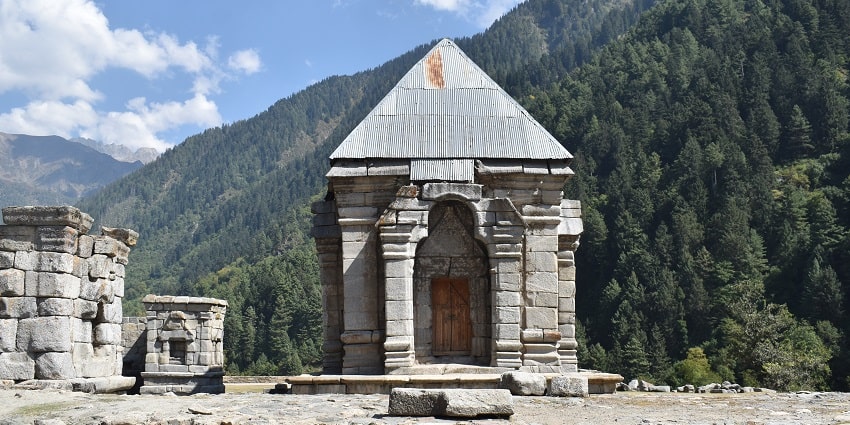
Photo: Basavaraj K. Korkar / Wikimedia Commons / Image For Representation Only
Ranbireshwar Temple is dedicated to Lord Shiva. It is one of the biggest temples in North India and has a 7-foot-high idol of Shiva. There are a total of 11 Shivlings in the main hall out of which 10 are made of black stone and one is made from crystal. The statues of Lord Ganesha, Mahakali, Kartikeya, and Bhairava are placed near the entrance. A brass idol of Nandi that weighs around 1000 kg fascinates the visitors. It is a beautiful temple that also holds a lot of historic importance.
Distance From The Museum: 1.3 km
2. Raghunath Temple
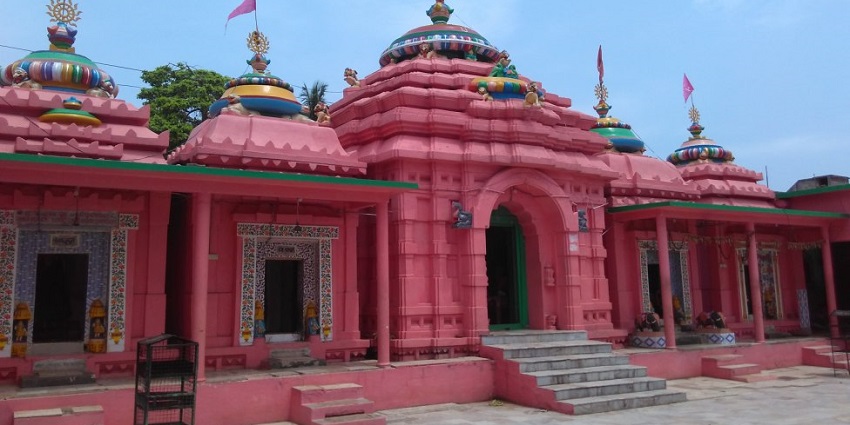
Photo: Sudeep Pramanik / Wikimedia Commons / Image For Representation Only
The divine energy of this temple dedicated to Lord Rama is worth experiencing. The smaller shrines of Lord Shiva, Goddess Durga, and Lord Hanuman surround the sanctum. Devotees come to pray and seek blessings from all around the country. The temple houses ancient manuscripts, religious artefacts, and scriptures in its library. This place offers panoramic views of the mountains and River Tawi.
Distance From The Museum: 1.9 km
Suggested Read: Jammu Temples
3. Bahu Fort
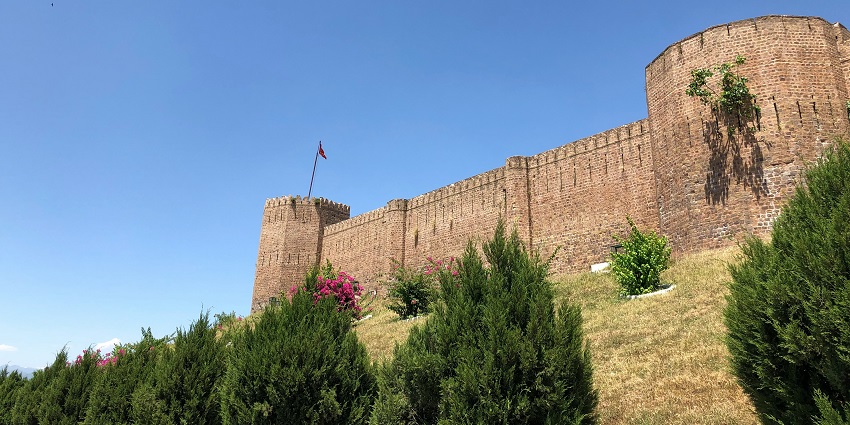
Photo: Bhavik Suthar / Unsplash
Bahu Fort, also known as “Bahu ka Qila” is a historic landmark that holds great significance. The red sandstone walls of this fort stretch for over a kilometre. The temple of Bawe Wali Mata (dedicated to Goddess Kali) is the highlight of this fort. This 2200-year-old temple showcases complex carvings and vibrant murals. It also has a Sheesh Mahal, that has intricately designed mirrors on the ceilings and walls. This amazing fort with historical significance offers breathtaking views of the scenery around.
Distance From The Museum: 5km
4. Peer Kho Cave Temple
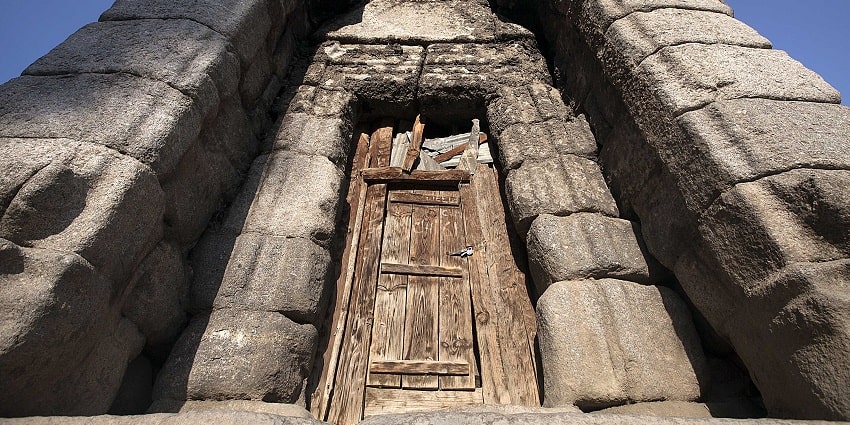
Photo: Mayank Soni / Wikimedia Commons / Image For Representation Only
Peer Kho Cave Temple is a famous Shiva temple that has igneous rocks and acacia forests in the backdrop. Jamvant, the bear God from Ramayana, meditated in this temple cave for years. The biggest attraction here is the Shiva Lingam which forms naturally in the cave. The interesting fact about the caves is that they also lead to the ways outside the country making it a very fascinating place for tourists to visit.
Distance From The Museum: 1.4km
Suggested Read: Temples In Jammu And Kashmir To Seek Solace In The Divine Presence
5. Amar Mahal Palace Museum
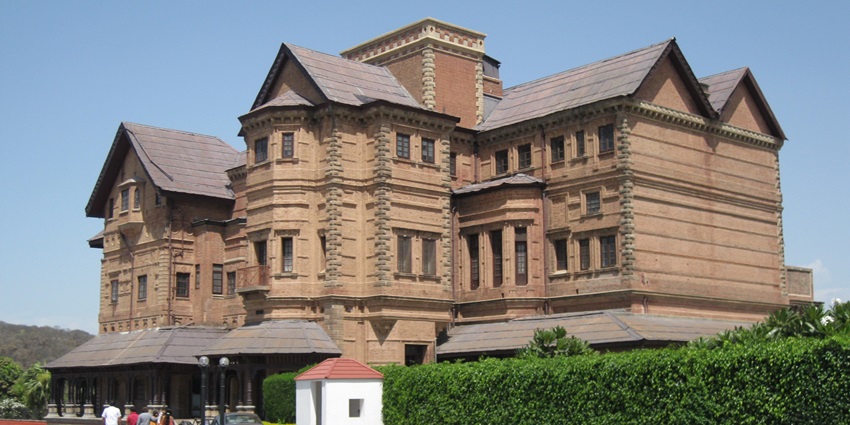
Photo: Nvvchar / Wikimedia Commons
Amar Mahal Palace Museum is a historic jewel nestled in Jammu. The palace built for Raja Amar Singh by a French architect came into existence in the 19th century. The palace walls exude unique French architecture and the history of the Dogra rulers. The rooms of the palace are now transformed into galleries and museums displaying various artefacts. Here, you can see the golden sofa, which weighs 120 kg and is made of pure gold, several miniature paintings, and more than 25,000 books. If you’re a history buff, you should visit this museum for an amusing experience.
Distance From The Museum: 1.6 km
6. Manda Zoo
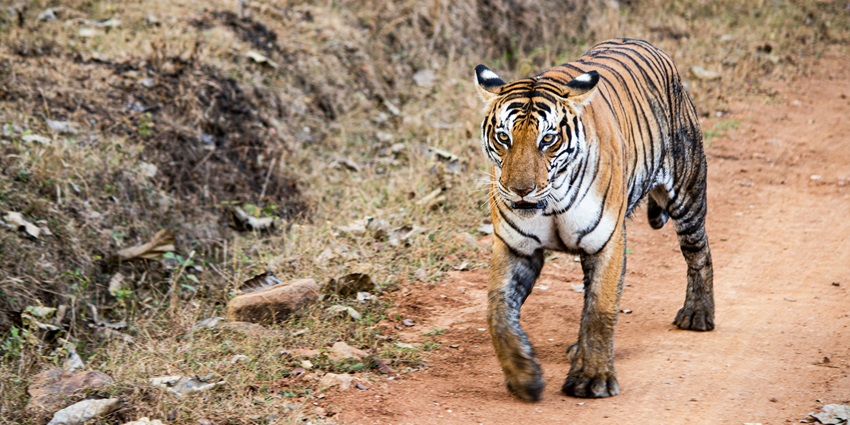
Photo: Shashank Hudkar / Unsplash / Image For Representation Only
Manda Zoo is a zoological park situated on Palace Road near Hari Niwas, in Jammu. A haven for wildlife lovers and avian enthusiasts, the zoo is a major tourist attraction of the region. It is a small zoo that houses animals like crocodiles, cobras, deer, and tigers. The highlight of this zoo is its exotic collection of butterflies, including Peacock Pansy, Blue Pansy, Grass Yellow, Lime Butterfly, and more. Here, you can also catch glimpses of a variety of birds, including turkeys and emus.
Distance From The Museum: 4 km
Suggested Read: Jambu Zoo
7. Nandini Wildlife Sanctuary
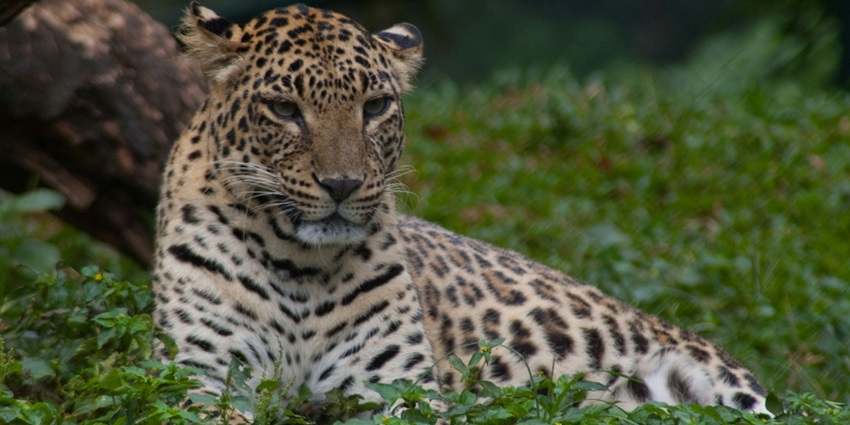
Photo: Sreekumar Pillai / Unsplash / Image For Representation Only
Nandini Wildlife Sanctuary, a paradise for nature lovers and wildlife enthusiasts, is abundant with a variety of rich flora and fauna. Spread over an area of 33.24 sq. km, the sanctuary is dotted with ample pine trees and firs, adding a layer of lush greenery to the area. Here, you can catch glimpses of pheasants, Indian mynah, Blue Rock Pigeons, Indian Peafowl, Red Junglefowl, Chakor, Leopards, Grey Langurs, and Rhesus Monkey, among other animals.
Distance From The Museum: 20 km
8. Kala Kendra
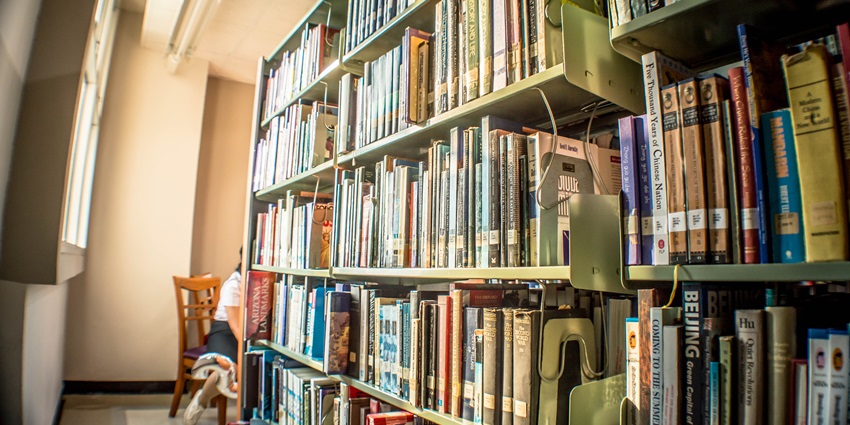
Photo: L-Street Photo / Shutterstock / Image For Representation Only
Kala Kendra, an arts and cultural centre, lies near the Dogra Art Museum, Jammu. It serves as a vibrant platform for local artists, performers, and culture enthusiasts. The complex features an auditorium, art galleries, open-air performance spaces, and conference halls that regularly host cultural events, exhibitions, and workshops. Here, you can enjoy art exhibitions, live performances, workshops & cultural seminars, craft exhibitions, and more. Next time you’re near the Dogra Art Museum, take a short detour to Kala Kendra and immerse yourself in the art, music, and stories of Jammu.
Distance From The Museum: 5 km
Suggested Read: Best Places To Visit In Jammu For A Scenic Getaway
Where To Stay
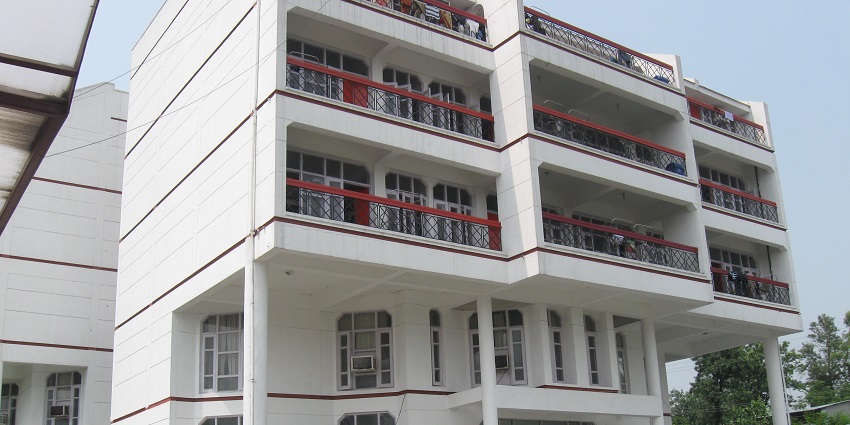
Photo: Indrajit Das / Wikimedia Commons / Image For Representation Only
There are many hotels to stay near the museum such as Hari Niwas Palace, Hotel Raghunath, Bloom Hotel, Royal Inn, Heritage Homestay, Naik Guest House & Restaurant, Jammu Homestay, and many more. They are hygienic and offer good and comfortable accommodation for tourists.
Where To Eat
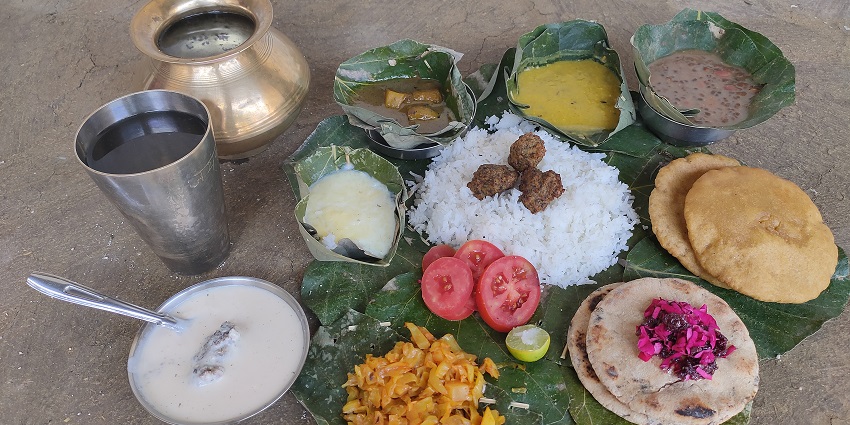
Photo: Satishram1810 / Wikimedia Commons
The restaurants neighbouring the museum serve tasty food to the visitors. Amrut Indian Street Food, Gulshan Naan House, Paras Ram Di Hatti, House of Cuisines, Fusion Tadka, Food Mohalla Jammu, etc. are some good places to dine in. Tourists can relish lip-smacking food at these restaurants before or after visiting the museum.
Suggested Read: Best Food In Jammu
Other Factors To Consider
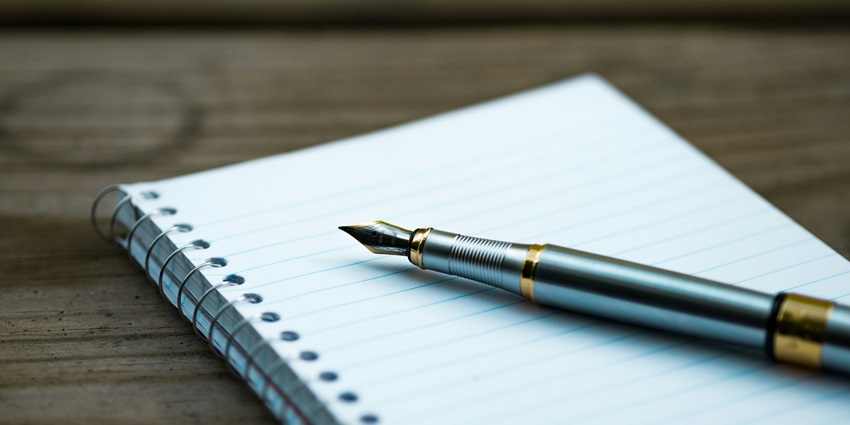
Photo: Aaron Burden / Unsplash
Tourists need to consider the following factors while planning a visit to this museum in Jammu:
Best Time To Visit
The ideal season to visit Jammu is from October to May as the weather is pleasant and the temperature is moderate. The Dogra Art Museum timings are from 10:30 am to 4:30 pm in winter and 8 am to 1:30 pm in summer.
Average Cost Of The Trip
The average cost of visiting the museum is very minimal. The Dogra Art Museum ticket price is ₹10 for Indian Adults, ₹50 for foreigners, ₹5 for Private school students, and ₹2 for Government school students.
People who are inquisitive about art, history, and culture must plan a trip with TripXL to visit the Dogra Art Museum. Dogra people were indigenous inhabitants of the Jammu region and this museum preserves their rich cultural heritage. It houses a collection of over 7000 different artefacts, manuscripts, paintings, coins, mineral stones, costumes, armour, sculptures, jewellery, miniature Pahari paintings of Bahosil, and much more.
Cover Photo: Jessica Pamp / Unsplash / Image For Representation Only


 WhatsApp
WhatsApp
 Twitter
Twitter









